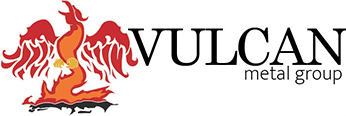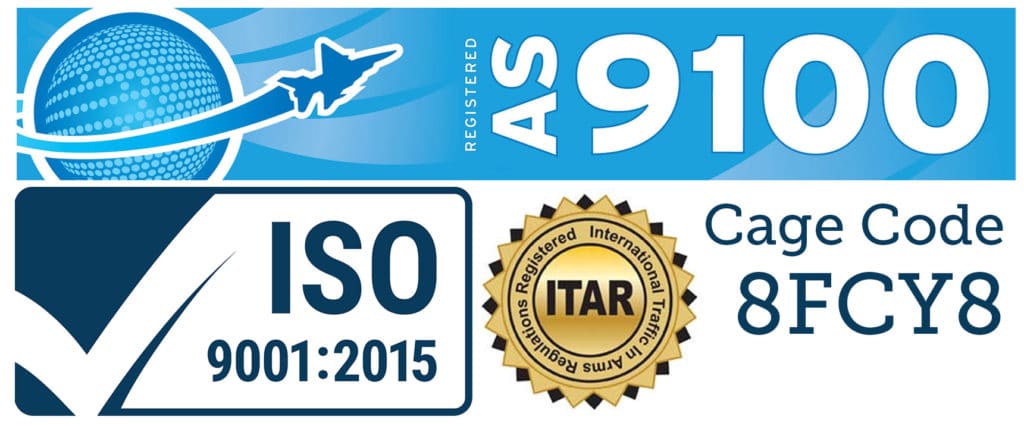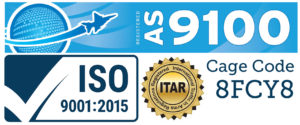High Temperature Metals and Alloys
High-temperature metals and alloys are used in many different applications and include tantalum, tungsten, graphite and other metals. Most high-temperature metals also have good corrosion resistance and, when alloyed together with other metals, are used to make “superalloys” that can be used in chemical processing plants, nuclear reactors, aerospace and similar environments. When working in high-temperature environments, you need parts you can rely on. Strength and longevity under high stress is a must.
Materials commonly associated with durability in these environments are as follows: click on name below for material details
What are high-temperature metal and alloys?
High-temperature metals and alloys are used in many different applications and include tantalum, tungsten, graphite and other metals. Most high-temperature metals also have good corrosion resistance and, when alloyed together with other metals, are used to make “superalloys” that can be used in chemical processing plants, nuclear reactors, aerospace and similar environments.
What types of metals and alloys fall into high-temperature metal and alloys?
High-temperature metals and alloys include stainless steels, superalloys, refractory metals and certain ceramic materials.
How are high-temperature metals and alloys used?
These materials are often used in the manufacture and repair of aircraft jet engines, industrial gas turbines and nuclear reactors. Additionally, many furnaces, ductings, and electronic and lighting devices operate at such high temperatures.
To perform successfully and economically at high temperatures, a material must have at least two essential characteristics:
• It has to be strong because increasing temperature tends to reduce strength.
• It must have resistance to its environment, since oxidation and corrosion attack also increase with temperature.
What makes these metals and alloys unique?
With the highest melting point of all metals, tungsten possesses high tensile strength and hardness, both of which make it a good choice for a wide variety of applications that require both (e.g., heater coils, turbine blades and defense products). Tantalum and graphite each possesses both high-temperature and high-strength qualities and are used in everything from rockets to jet engines to car batteries.
How do the various metals in this category differ from one another?
All refractory metals are also considered high-temperature metals and alloys, but the category isn’t limited to refractory metals. For instance, many of the nickel alloys are considered high-temperature. Nickel also readily alloys with many other metals, including chromium, iron, molybdenum and copper. This enables a wide variety of alloys that demonstrate outstanding resistance to corrosion and high-temperature scaling, exceptional high-temperature strength and other unique properties, such as shape memory and low coefficient of expansion.
For example, nickel iron alloys are used as soft magnetic materials, as glass-to-metal seals and as materials with defined thermal expansion properties. Invar is 36% nickel with the remainder being iron. As such, it has nearly zero coefficient of thermal expansion around room temperature. This makes nickel iron a good choice for applications where high dimensional stability is required (i.e., precision measuring instruments and thermostat rods).
Due to its very low thermal expansion rate, nickel iron is also used at cryogenic temperatures. Alloys containing 72-83% nickel have the best soft magnetic properties and are used in transformers, inductors, magnetic amplifiers, magnetic shields and memory storage devices.
How can I be sure that I’m picking the right product for the right application?
When selecting high temperature metals and alloys, factor in the working temperature for the application in question. This is important because every high-temperature and refractory metal or alloy has its own unique working temperature. The products also have their own unique densities that differ across the various choices. For example, tungsten weighs twice as much as molybdenum. If your goal is to keep overall weight down, then you would choose the latter.
If you need a metal that has both higher strength and higher temperature, then molybdenum TZM will be a better choice than pure molybdenum. An acronym for the molybdenum alloy “titanium-zirconium-molybdenum,” TZM contains titanium, zirconium, carbon and molybdenum, giving the alloy extra strengthening elements required by some applications.
Finally, if you’re working on a budget and focused on affordability, consider using molybdenum or tungsten versus higher-cost options like tantalum or niobium. In other settings, using molybdenum TZM—which is costlier than pure molybdenum—may be offset by the material’s increased strength at elevated temperatures. When making these choices, the ultimate goal should always be to balance finding the best possible metal or alloy for your high-temperature application, but without breaking the bank.

REQUEST A QUOTE or
Get in Touch
Address
Vulcan Metal Group LLC
23888 Madison Street
Torrance, CA 90505
United States
Phone / Fax
Phone: +1 310.882.6841
Fax: +1 310.893.0579
Cage Code
8FCY8
Quality Policy: Vulcan Metal Group, LLC. supplies mission critical, special purpose materials, and products at a competitive price. The company’s quality system is registered to ISO 9001 and AS9100 and follows its principles for the governance of the business. An active continual improvement program and compliance with all applicable OSHA, federal, and state regulations is maintained.


